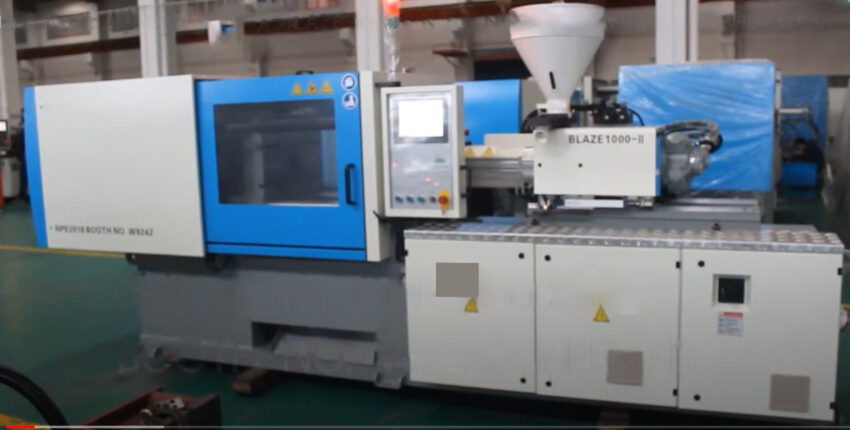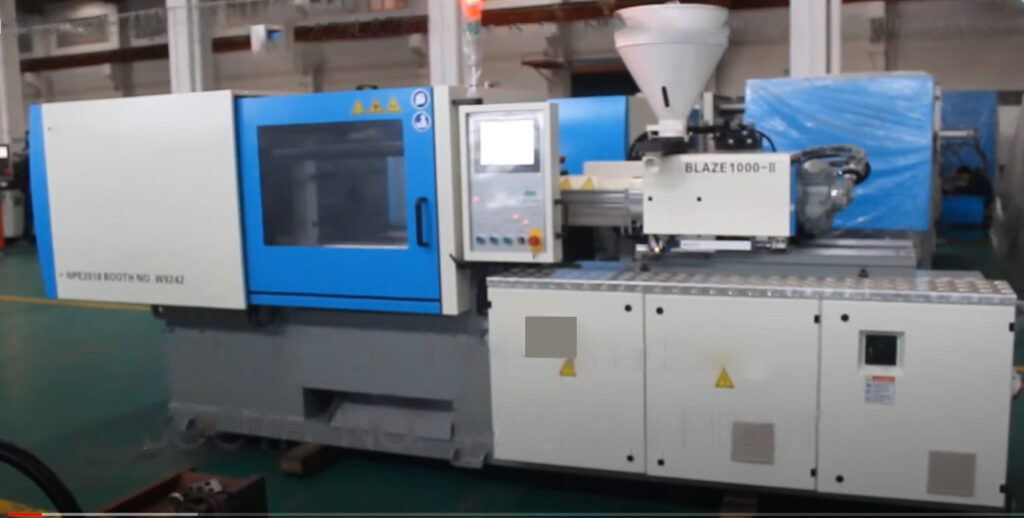Accurate Assessment of the Melt Capability of Injection Molding Machines: Strategies and Practices

In the realm of plastic product manufacturing, the performance of injection molding machines has a crucial impact on product quality, production efficiency, and cost control. Among the key indicators used to evaluate the performance of injection molding machines, the melt capability holds immense significance. In this discussion, we will explore how to accurately assess the melt capability of injection molding machines and provide practical evaluation methods and techniques to assist production managers and technical personnel in ensuring optimal equipment performance.

Firstly, it is important to define melt capability.
Melt capability refers to the ability of an injection molding machine to heat plastic raw materials to a molten state and achieve a uniform mixture within a specific time frame. It directly influences the filling, molding, and cooling processes of plastic, thereby determining the quality of the finished product and production efficiency.
To assess the melt capability, we can focus on the following aspects:
1、Melt Time: Measure the time required for a certain amount of plastic material to reach complete melting after being introduced into the machine. A shorter melt time indicates higher efficiency and lower energy consumption.
2、Melt Temperature: Monitor the temperature distribution during the melting process to ensure that the plastic material reaches optimal flowability and uniformity at suitable temperatures.
3、Melt Torque: Measure the resistance experienced by the screw during the melting process, using the drive system of the injection molding machine. Melt torque is an important parameter for judging the effectiveness of the melting process.
4、Production Capacity: Calculate the quantity of products that the injection molding machine can produce within a specific time period. This directly relates to the efficiency performance of the melt capability.
5、Energy Consumption Evaluation: Analyze the energy consumed during the melting process, including electrical and thermal energy. Lower energy consumption indicates higher energy efficiency and cost-effectiveness.
6、Product Quality: Inspect the appearance and internal quality of the finished products, such as the presence of incomplete melting, air bubbles, flow marks, and other defects. These are direct evidence of inadequate melting.
7、Material Adaptability: Evaluate the machine’s ability to handle different types, viscosities, and colors of plastic materials. This is an important indicator of the versatility of the melt capability.
8、Stability Testing: Conduct long-duration operation tests to observe whether the melt performance remains stable and whether the machine experiences overheating or other malfunctions.
9、Feedback Adjustments: Make adjustments to the melt parameters of the injection molding machine based on feedback from actual production to achieve optimal melt performance.
In practical implementation, evaluating melt capability often requires the combination of multiple testing methods and data analysis techniques. For example, high-speed cameras can be used to capture the melting process, infrared thermography can be employed to monitor temperature distribution, and sensors can collect torque and pressure data for analysis.
Moreover, modern injection molding machines are typically equipped with intelligent control systems that can automatically record and analyze key parameters during the melting process, providing convenience for assessment. These systems can also adjust process parameters in real-time to ensure process stability and product consistency.
To summarize, assessing the melt capability of injection molding machines is a comprehensive process that takes into account factors such as time, temperature, torque, production capacity, energy consumption, and product quality. Through the use of scientific methods and tools, we can accurately understand the melt capability of injection molding machines and optimize production processes to enhance product quality, production efficiency, and ultimately maximize economic benefits.


